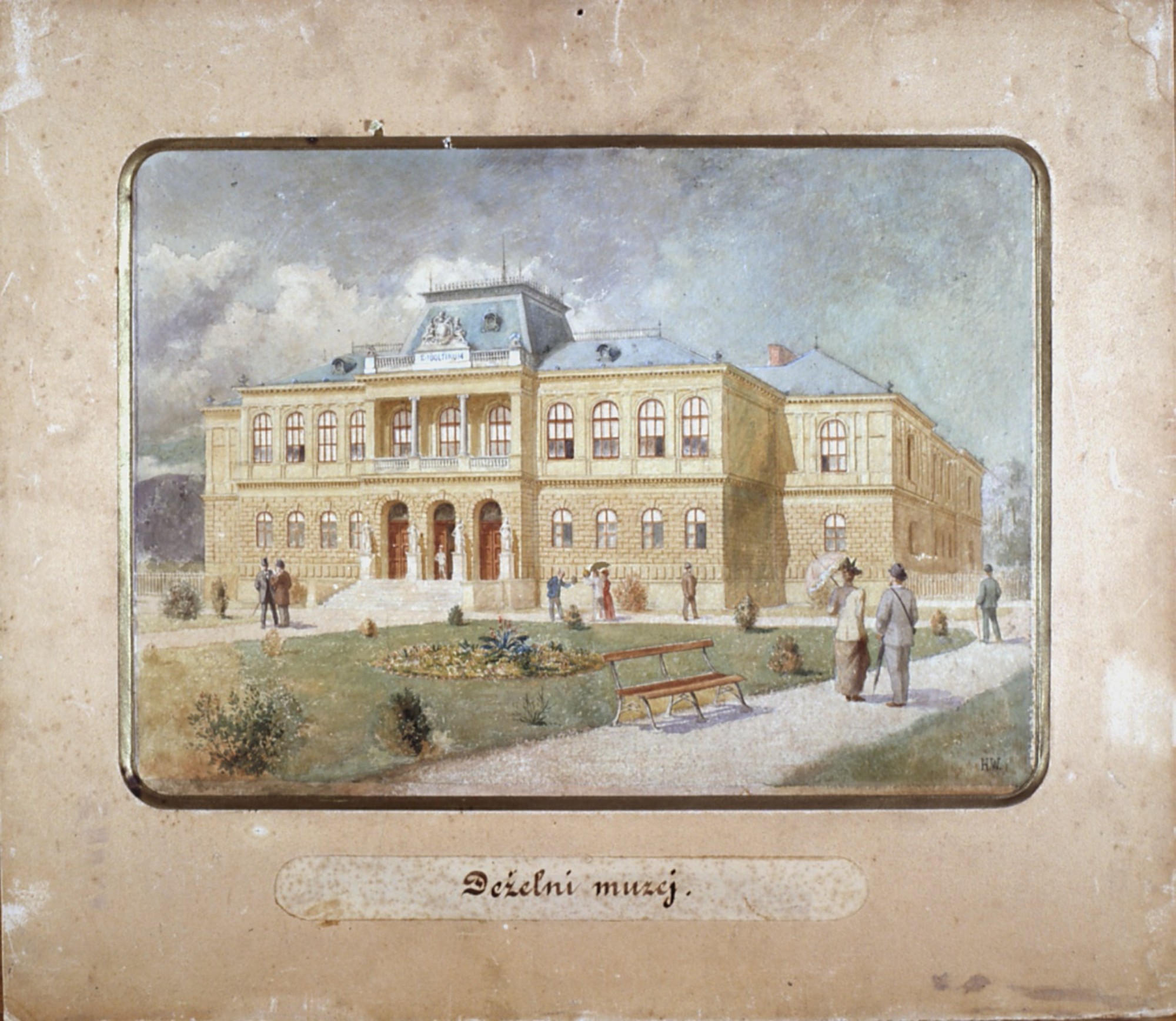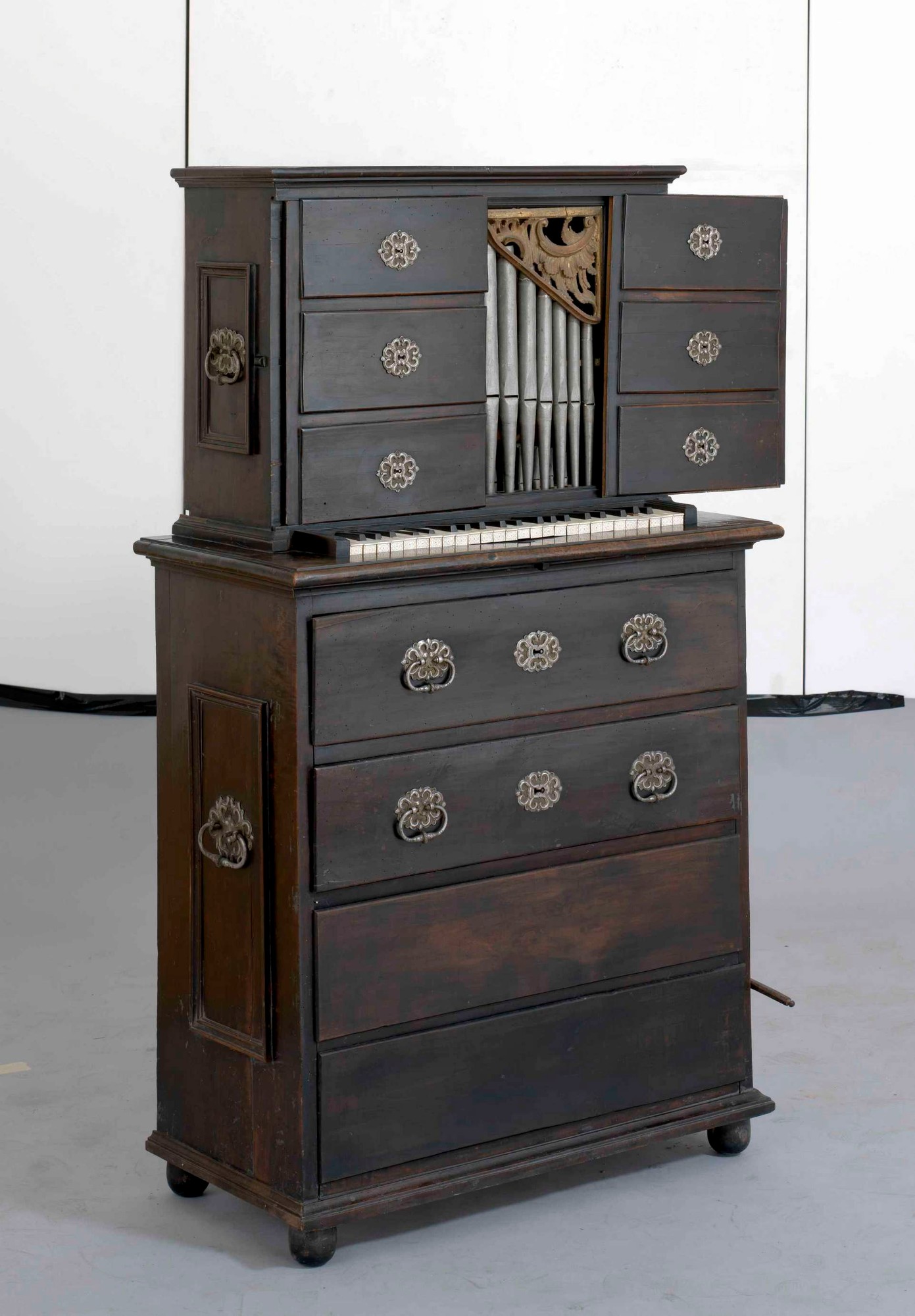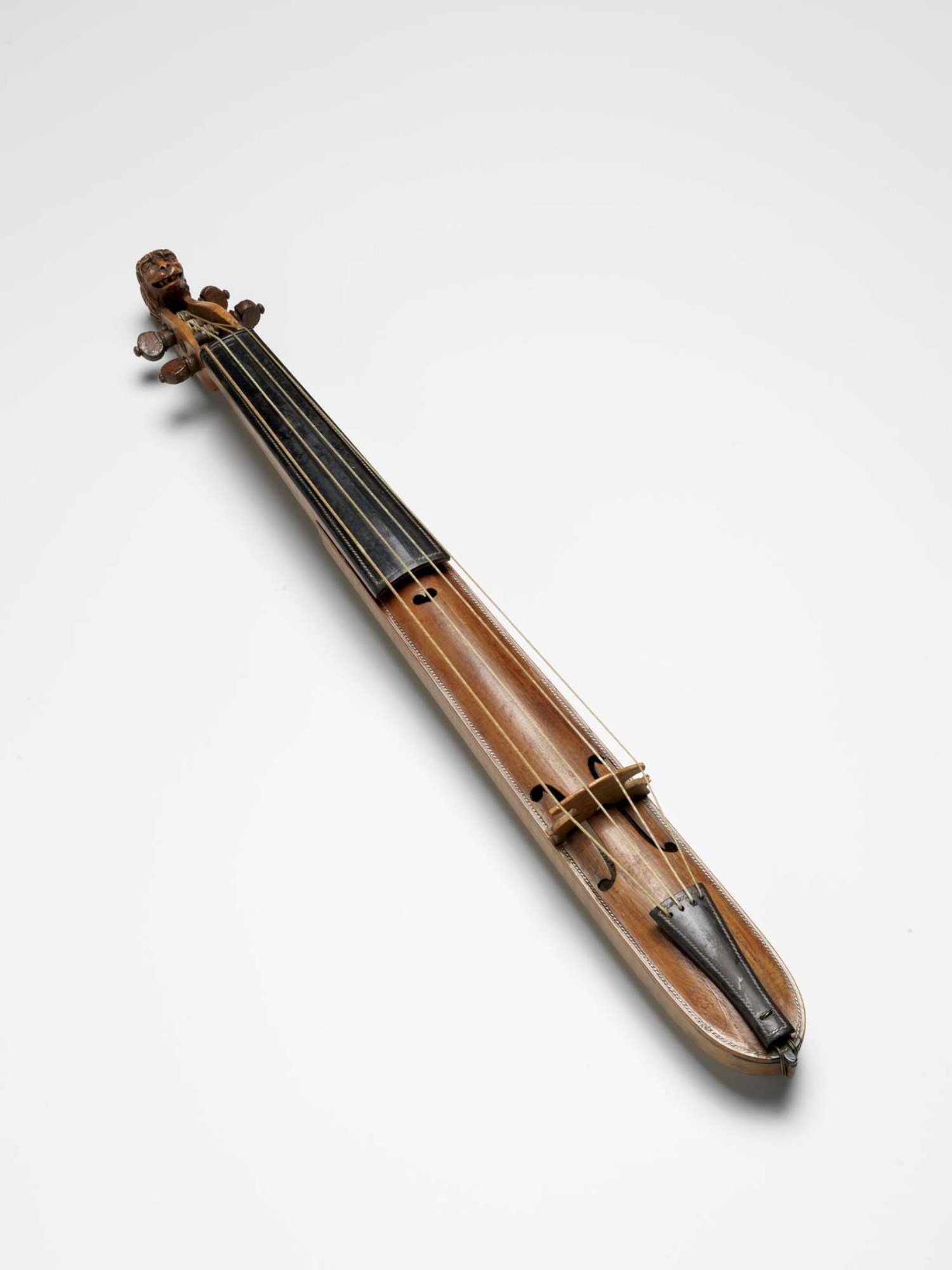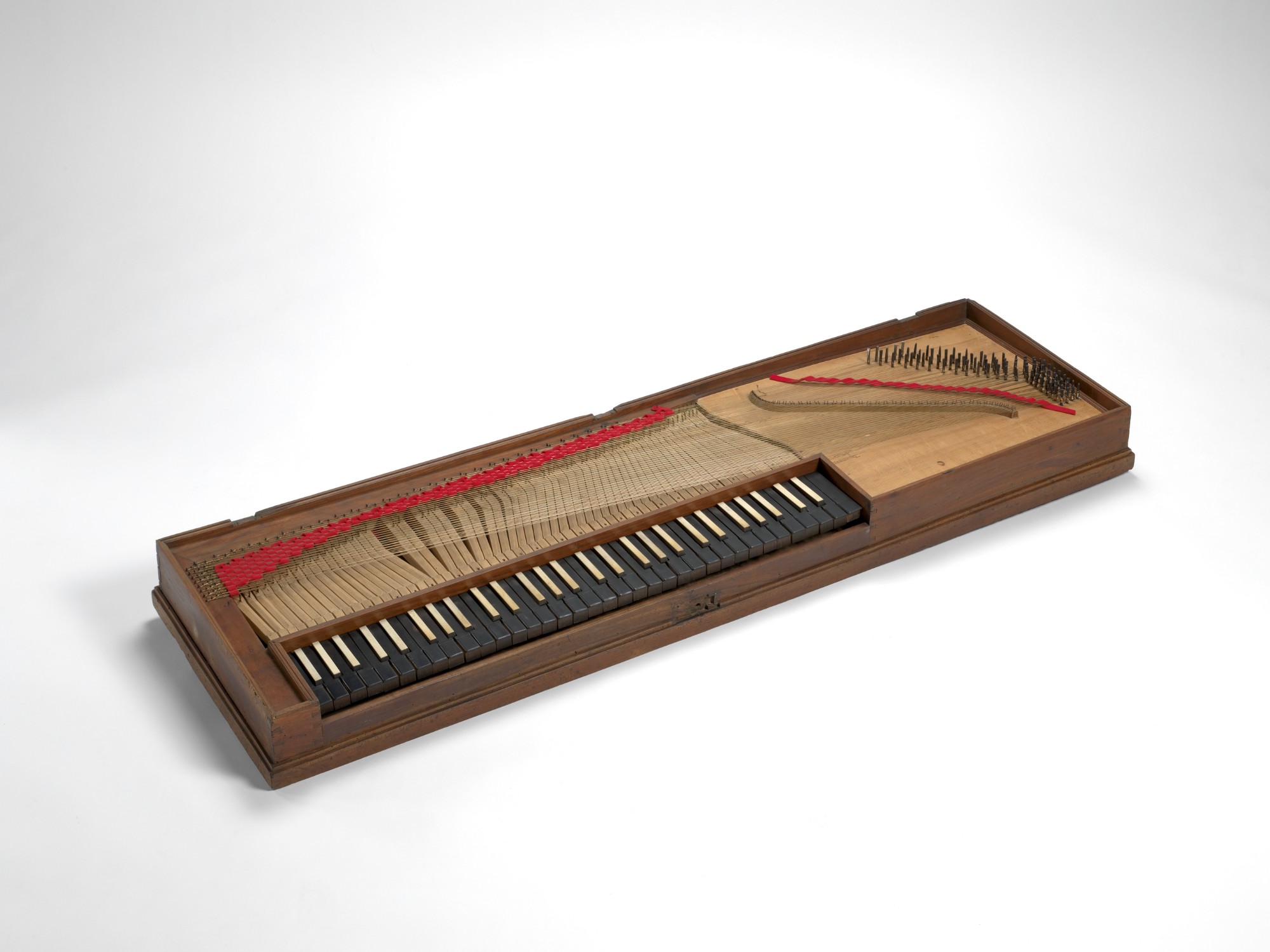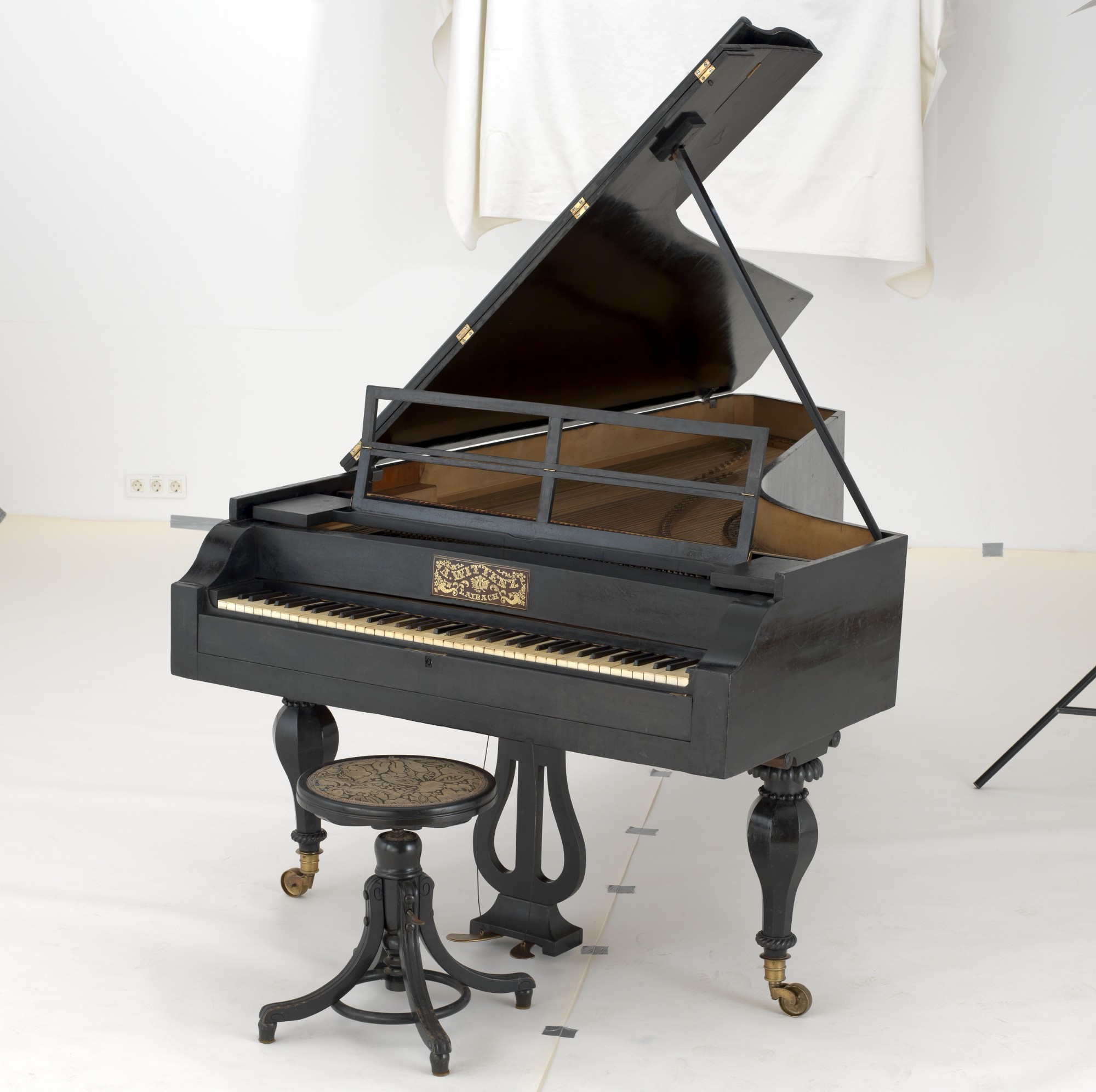Slovenia’s central museum, and its oldest, the National Museum of Slovenia collects, documents, preserves and researches the movable cultural heritage of Slovenia, which it puts on public display. It boasts a rich archaeological collection of valuable specimens ranging from the Stone Age to the modern era, numismatic and graphic art collections, a historical collection and an applied arts collection. The museum also includes a Department of Conservation and Restoration and an extensive library.
The museum was founded in 1821 as the Carniolan Estate Museum. Opened to the public in 1888, the current museum building, in Prešernova Street, is Slovenia’s first venue exclusively dedicated to culture. It houses a permanent archaeological collection, which includes the celebrated Vače Situla and a musical instrument ascertained to be the oldest in the world, a 60,000-year-old Neanderthal bone flute from the cave of Divje babe, a Stone Age archaeological site.
In 1995, the archaeological find of the Neanderthal flute provoked a strong international response, prompting scientists and researchers to determine whether a critical reappraisal of the existing framework of human development was required. This reappraisal was supported by musician Ljuben Dimkaroski, who played a diversified repertoire, tunes that included melodies from classical compositions, on a replica of the Palaeolithic flute.
The only known flute to have purportedly been made from the femur of a juvenile cave bear by a Neanderthal is at least 10,000 years older than other Palaeolithic flutes. The bear’s thighbone was clearly shaped for the purpose of producing sound. The placing of the holes and the length of the artefact are not random, and allow a wide range of sonority and melodic movement. The flute is kept in the Museum’s Archaeological Department.
The archaeological treasures kept at the National Museum of Slovenia include a situla from Vače pri Litiji, Slovenia’s and its surrounding regions’ most important Hallstatt settlement between the 6thand 5thcenturies BC. Its first-rate design and elaborate figurative craftsmanship render it one of the most notable examples of situla art, an art constituting the acme of Iron Age artistic representation. The vessel is adorned with three horizontal bands, figurative friezes, showing animal and human figures. The representations, which can be perceived as a ritual paying tribute to a local noble, include scenes supporting the supposition that Iron Age society was highly stratified, and that music played an important part in the life of the upper classes.
On the new premises of the National Museum of Slovenia, Metelkova, an extensive permanent exhibition is on display: study collections of historical and arts and crafts artefacts dating between the 14th century until the present, which include the Collection of Musical Instruments and Musical Automata curated by the Department of History and Applied Arts. Consisting of over one hundred exhibits, the holding is one of the largest museum collections of musical instruments in Slovenia, being second only to the one at the Ptuj-Ormož Regional Museum.
Musical instruments featured within the context of the permanent exhibition and forming part of the Ellipses of Art and Music section include an upright piano by Bojan Adamič, a patent specimen of a double violin, a Sonora phonograph, a cylindrical musical automaton, a Stigl upright piano and a piano by Andrej Bitenc (Andreas Wittenz). An exhibit meriting exceptional attention is the pochette by a French maker, François Saraillac, from 1679. The pochette or pocket violin first appeared in the 16th century as the smallest instrument in the violin family. While made up to the early 19th century, the pochette’s heyday was the 17th century. Only a few scholarly editions have thus far been published about the French violin builder François Saraillac (1678–1712), and only a few of his instruments can be found in European and North American museums. The pochette kept in the collection of the National Museum of Slovenia is therefore a particularly valuable testament to the work of the French artisan, all the more so as it is thought to be the only surviving example of Saraillac’s work of its kind.
The highlights of the instrument collection include a mid-eighteenth-century pipe organ made in the Ljubljana organ workshop of Marko Göbl, and three extremely rare clavichords. Two of these keyboard instruments were made in the 18th century by a native organ builder, Janez Jurij Eisl. Also on show are three pianos by Ljubljana-based artisan Andrej Bitenc. Only four of Bitenc’s instruments of this kind are kept in Slovenia; one of which is exhibited at the Ptuj Regional Museum.
The National Museum of Slovenia’s permanent collection also comprises several contemporary musical instruments, including some examples of Melodija Mengeš guitars.
Darko Knez, MA, Museum Councillor
Curator of the Collection of Musical Instruments and Musical Automata and Head of the National Museum of Slovenia’s Department of History and Applied Arts

